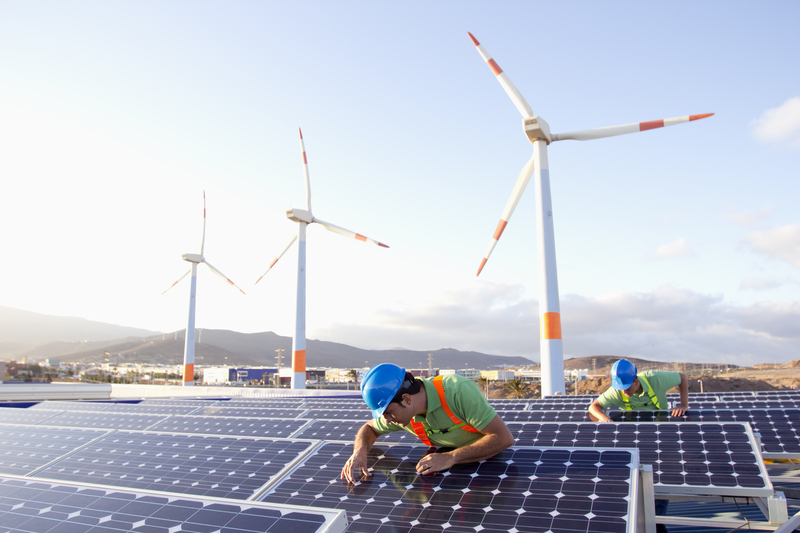Code Green Solutions


Nobody likes paying more than they should. And my dad is a CPA, so this is definitely true for me, too.
But this barrier is not unique to renewable electricity. The same expectation is true for most non-luxury goods and services.
Yet I still hear the objections everywhere — from sophisticated investors to family friends — that solar and wind are too expensive.
Is that still true? Yes, but increasingly no.
OK, to be clear, most of the data says no, but as you know, perception is reality.
This lingering misperception is also being observed by other energy leaders, including the Director of Sustainability and Cleantech at Schneider Electric in recent a Greentech Media article about Scheider’s New Energy Opportunities (NEO) Network.
Consider the graph below from Clean Edge, which is based on data from the US Lawrence Berkeley National Laboratory.
The levelized costs for solar electricity (LCOE) has fallen from 22.5 c/kwh to less than 5 c/kwh. That’s a roughly 78% drop in price over the last 10 years.
But unless an investor or corporate executive has regularly re-evaluated the business case for alternative energy, they might have missed these market changes.
It’s important to note that this refers to utility-scale solar, not rooftop solar. The latter has a higher LCOE (c/kwh), but it also competes with higher retail electricity rates.
Additionally, Deutsche Bank estimates that unsubsidized rooftop solar is 30% cheaper than retail power prices in many countries.
See their map below showing countries with substantial areas of grid parity.
Finally, here’s another data-driven perspective from investment advisory firm, Lazard.
The resolution is not great, so let me help you out.
Here are some of the lowest LCOE values from highest to lowest:
16.5 c/kwh – natural gas (peaker)
9.7 c/kwh – nuclear
6.5 c/kwh – coal
5.2 c/kwh – natural gas (combined cycle)
4.3 c/kwh – solar (utility scale)
3.2 c/kwh – wind (utility scale)
0.0 c/kwh – energy efficiency
Here’s a link to the full Lazard report, version 9.0.
If you like data and charts, you’re going to really enjoy this. Grab a big coffee and settle in for some quant goodness.
And next time someone says that solar is too expensive, you can admit they are partially right.
But then give them a little dose of 2016 data.
##